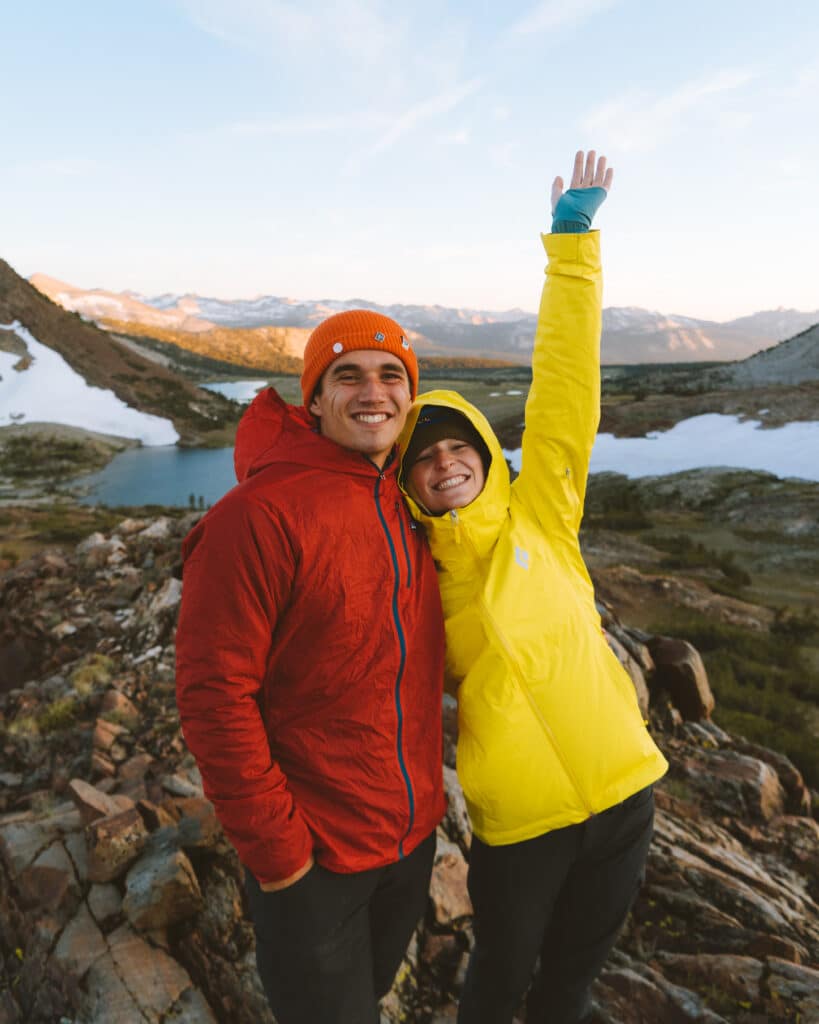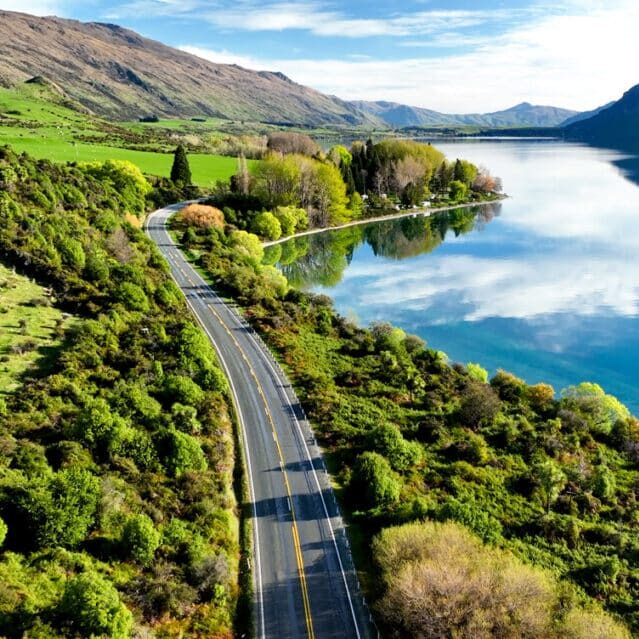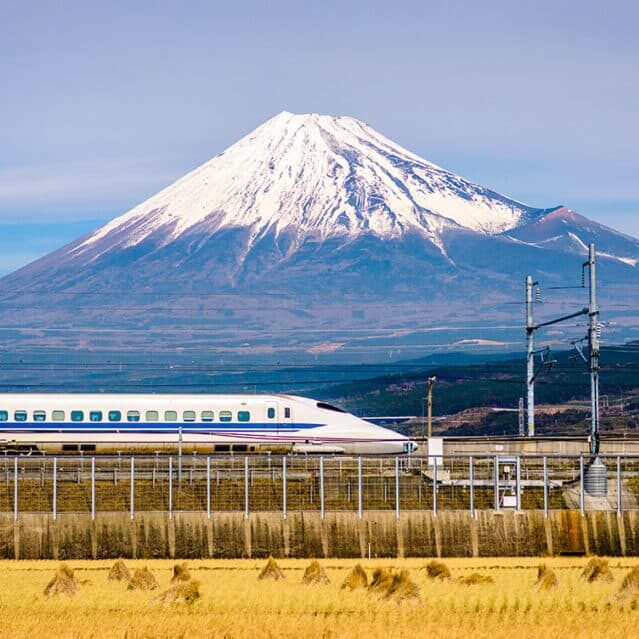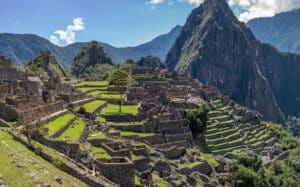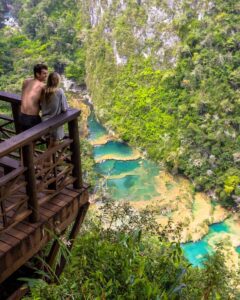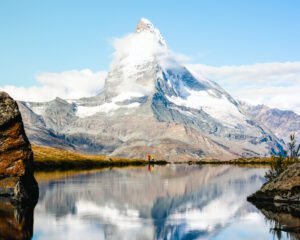Yellowstone: Opening and Closing Dates, Seasons & Hours
Disclaimer: This post may contain affiliate links. Please see our Disclosure Policy and Advertiser Disclosure for details.
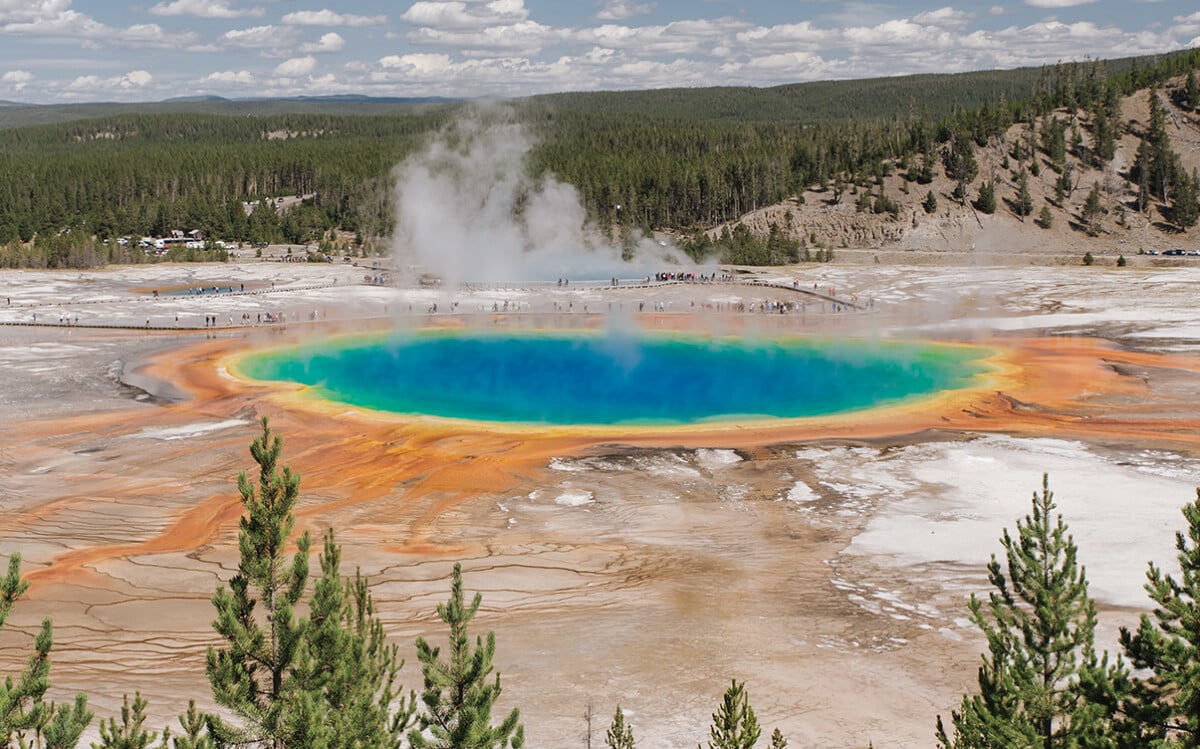
The world is full of incredible natural sights, and an increasing number of them are being protected as national parks for the nation that contains them. It wasn’t always a matter of national importance to designate protected areas of nature, though; so, when did the trend start, and where?
For that, you can thank U.S. President Ulysses S. Grant and the 42nd Congress, who signed the Yellowstone National Park Protection Act back in 1872 and got the ball rolling. Yellowstone, then, is widely considered the first national park in the world.
Certainly, cultures and countries have had reverence and protection for their natural wonders for centuries, if not millennia. In fact, in some ways, the widespread destruction of nature is a relatively new phenomenon. Even so, we’re lucky for Grant and his protection setting a trend that carries forward through today, tomorrow, and beyond.
Yellowstone National Park is an incredible experience for adventurers looking for something close to home in America. There’s a ton to see and do, from the simple, easily accessible tourist hot spots to the harder-to-reach multi-day treks that leave you with a breathtaking view and an unforgettable experience.
Interested in following our footsteps through Yellowstone? As practitioners of Leave No Trace, we’re sorry to say you’ll have a hard time doing so without our guide. Luckily, you’re reading it!
Basic Details of Yellowstone
Yellowstone is a park straddling the borders of three states: Wyoming, Idaho, and Montana. Spanning over 3,468 square miles, there are all kinds of adventures to be had throughout the park. There are lakes, rivers, canyons, geysers, and a ton of interesting wildlife to observe (from a distance) throughout.
Positioned over what scientists call a dormant supervolcano, Yellowstone is geothermally active, and over half of the geysers in the world are found there. Everyone knows of Old Faithful, the most popular and well-covered geyser in media, but Yellowstone has a whole lot more than just OF:
- Anemone, an easy-to-access geyser that erupts every 10-ish minutes.
- Beehive, a sporadic and unpredictable geyser that many consider the best in the park.
- Castle, which erupts over 60 feet high, but only once every 10-11 hours.
- Clepsydra, a geyser that used to be as regular as a clock but now erupts essentially continuously.
- Daisy, a very predictable geyser with another 60+ foot eruption every 1.5-ish hours.
That’s just a taste of what you can see just in the geyser basins of Yellowstone! You can see the full list of geysers here, and plan the best times of day and year to see the most impressive eruptions.
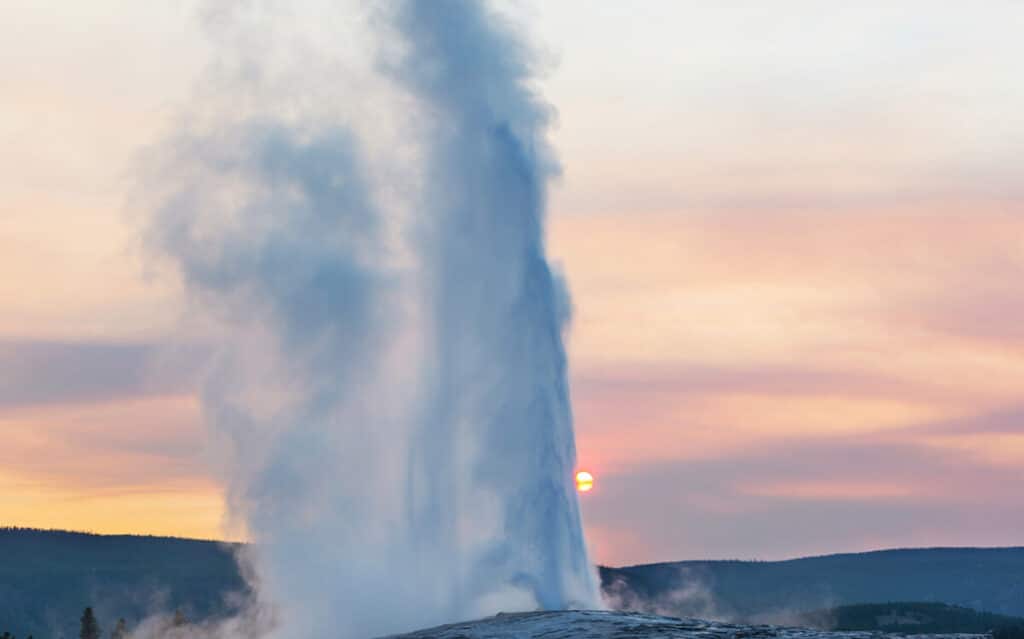
The rest of the park offers a lot to do, similar to other national parks. There are forests, plains, canyons, lakes, rivers, streams, and monuments all throughout the park to explore.
As the most established of the national parks, there are a lot of facilities, roads, and bits of infrastructure to help make your stay more enjoyable no matter what your experience level is.
Seasonal Information for Yellowstone
Yellowstone is one of many national parks that is open year-round. It’s open to visitors 365 days a year, 24 hours a day. Any time you want to arrive, stay, or depart, you’re free to do so. Well, almost; there are a few caveats.
The park itself may be open, but that doesn’t mean all of the facilities are. The off-season sees a shutdown of many of the visitors’ centers, which isn’t out of the ordinary. However, on top of that, many of the campgrounds, lodges, and even the roads are closed in the off-season. In winter, snow can close roads and trails, and cars are simply prohibited; you need to be able to make your way across the snow using means like snowshoes or skis. You can also ride snowmobiles on the roads.
- Albright Visitor Center is open year-round.
- West Yellowstone Information Station is open year-round.
- Old Faithful Visitor Education Center is open from mid-April to October and from December through March.
- Canyon Visitor Education Center is open from mid-April through October.
- Fishing Bridge Visitor Center is open from May through October.
- Grant Visitor Center is open from May through October.
- Madison Information Station is open from June through September.
- West Thumb Information Station is open from May through October.
- The National Park Ranger Museum is open from May through September.
- Norris Geyser Basin Museum is open from May through October.
Additionally, all of the various minor facilities, campgrounds, rental and store locations, kiosks, and more are all on their own hours of operation. You can see the full list here.
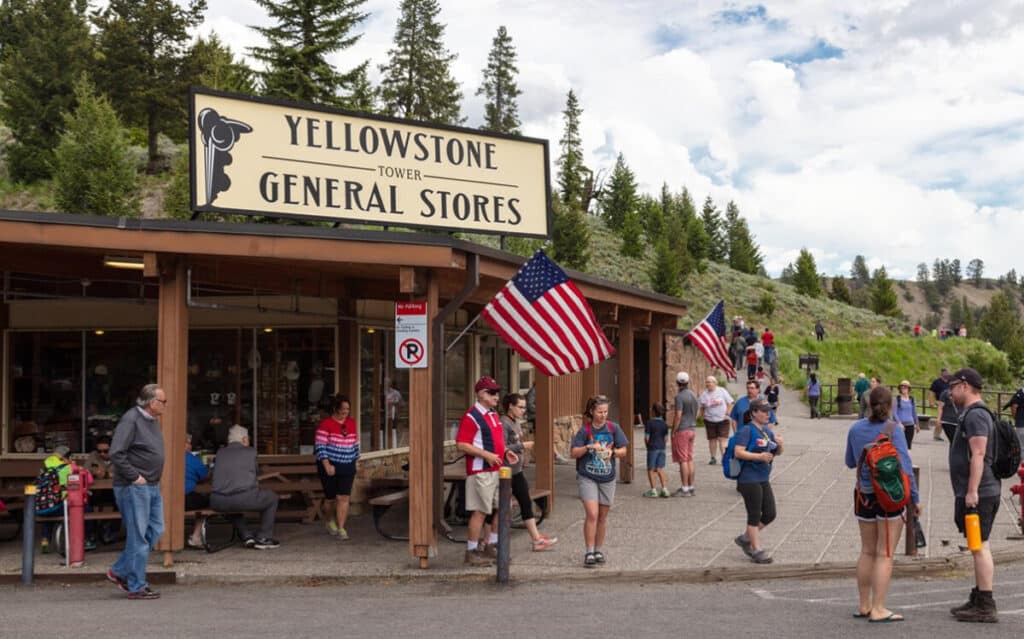
On top of that, most of these visitors’ centers have specific hours of operation when they’re open. They’re generally from 9 am to 6 pm, though some open at 8 am instead, and some have different closure hours, like 3 pm.
The visitors’ centers that are open during relevant times of the year also have shorter holiday hours or are closed entirely for these specific holidays:
- New Year’s Day
- MLK Jr.’s Birthday
- Washington’s Birthday
- Memorial Day
- Juneteenth
- Independence Day
- Labor Day
- Columbus Day
- Veterans Day
- Thanksgiving Day
- Christmas Day
Again, you can see the full information for each location here.
Planning a Winter Trip to Yellowstone?
While summer is the easiest, most convenient, and most accessible time of year, Yellowstone is arguably at its most impressive when it’s covered in snow. Some of our fellow adventurers are a lot more into winter adventures than summer, and others just want to try something new. So, what are the special considerations you’ll need to make for a winter trip to Yellowstone?
First up, many of the major roads through the park are closed to cars in winter. They don’t plow the snow off the streets (both for the sake of the animals, for Leave No Trace, and because it’s not worth the expense and burden for the relatively small number of visitors), so you’re going to have to make different travel plans.
Speaking of the roads, there are also temporary travel advisories and closures for different sections. We highly recommend checking the road status page regularly so you know what’s going on, where delays are, where closures may be, and more.
All of the official campgrounds (except, sometimes, Mammoth) are closed during the winter. However, you can still go camping in the backcountry at one of the designated camping stations. The backcountry campgrounds are specified both for Leave No Trace policies and with certain facilities to help, like food poles to help keep your supplies away from wildlife.
You’re allowed to camp pretty much anywhere in the backcountry, not just at the designated campgrounds, but you’ll need to tell Recreation.gov roughly where you intend to set up when you apply for a permit. This helps the government keep track of who is where and when, which is excellent information to have in case someone turns up missing; it’s a lot easier to start a search in a place where they knew you would be than having to canvass the whole park.
Note: Some areas, like Lamar Valley and Madison River Canyon, are habitats for protected winter wildlife, so camping there in winter is not permitted.
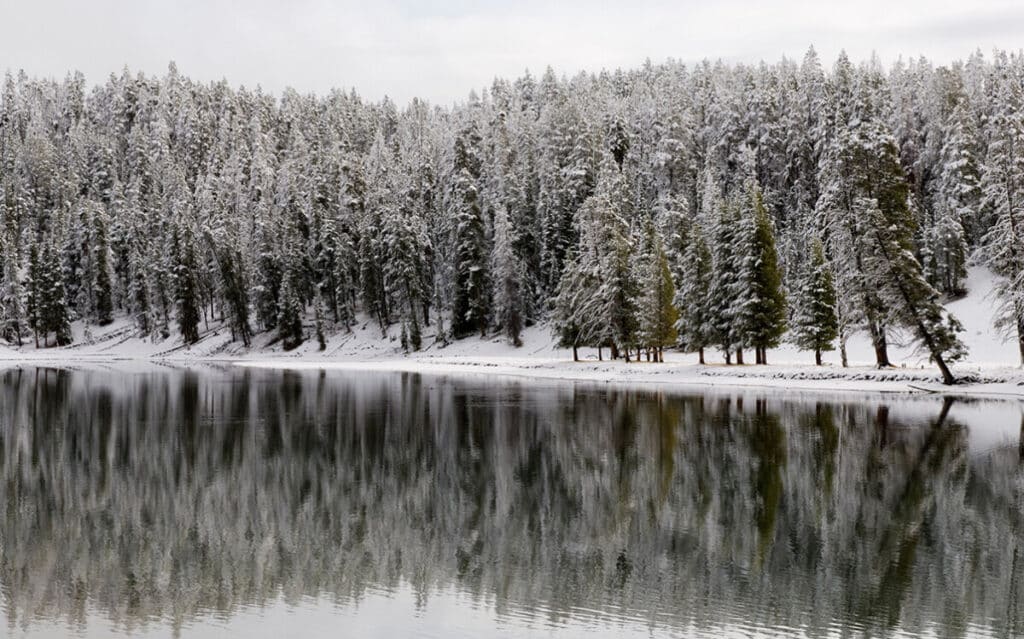
You’re limited to no more than three nights in any one location, though some areas have a one-night limit. You need to be out of sight of roads and trails, 100 feet from water, and a quarter mile from other groups. Food must be stored 10 feet above ground and four feet away from the trunk of a tree or stored in an approved bear-resistant container.
You’re also only allowed to snowmobile on the roads; there’s no motorized conveyance allowed off the roads in the backcountry.
There’s a ton to consider with a winter trip to Yellowstone, and this just scratches the surface. A lot of it is common sense or part of Leave No Trace: don’t disturb the flora or fauna, don’t take artifacts you find, be aware of the weather, temperatures, and other considerations, and so on.
Yellowstone and Recreation.gov have dedicated pages for winter visits. Read through the Winter Backcountry Camping page and the Explore in Winter page to make sure you have a good grasp on your plan.
What are the Fees and Passes Necessary for Yellowstone?
There’s no fee to drive through Yellowstone and no pass necessary for a car. You do, however, need a pass to enter the park. If you’re entering through the south entrance, you’re also going through Grand Teton, and that has its own fees and considerations.
Entrance passes to Yellowstone are $20 for walking in, $30 if you’re taking in a snowmobile or motorcycle, and $35 if you’re driving a car in.
Other passes may be necessary depending on what you plan to do. Backcountry camping, for example, requires a pass, but that pass is free. It’s mostly a formality that exists to force people to register their locations for the above-mentioned safety reasons.
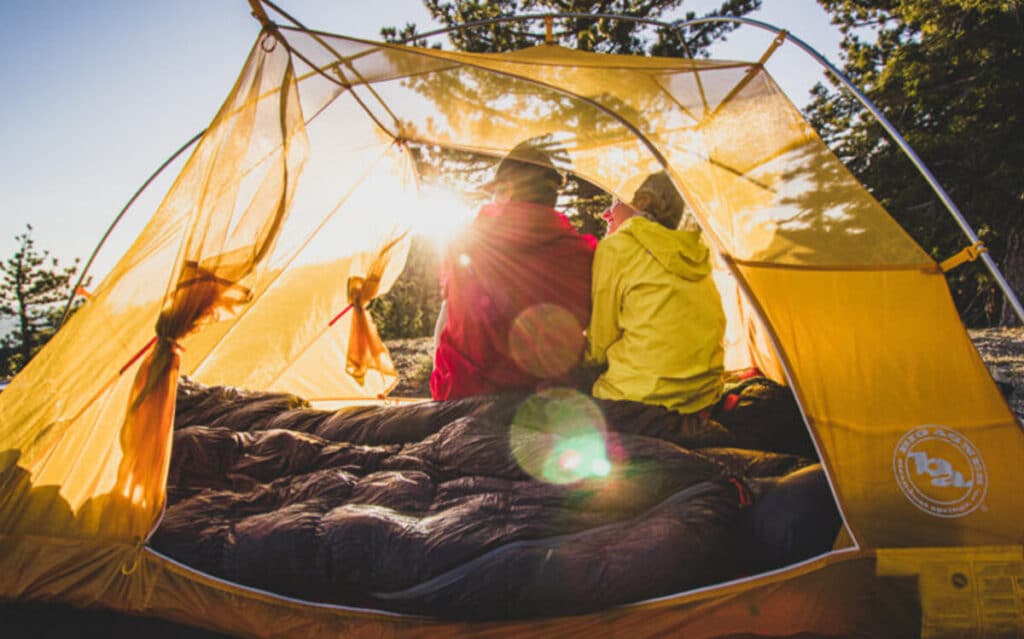
You can also buy an annual pass for $70 if you plan to visit more than a few times throughout the year. It’s definitely worth it since there’s so much to do in Yellowstone that you can’t possibly cover it all in one trip.
Yellowstone, like many national parks in the U.S., has five fee-free days where you can visit without paying the entry fee. You’ll have to fight the crowds and can expect a lot more delays in travel, but if the cost is a significant consideration, it may be worth it. The fee-free days are MLK Jr.’s Birthday, the first day of National Park Week, the Great American Outdoors Act Day, National Public Lands Day, and Veterans Day.
Additional Resources for Yellowstone Adventures
There’s a ton to see and do in Yellowstone, so here are a bunch of resources you can use to make the most out of your trip.
Yellowstone Maps
On this page, you can find a variety of different useful maps in both digital and printable formats. These include the park map, terrain map, relief map, mileage charts, and smaller maps of specific areas surrounding the points of interest and visitor’s centers.
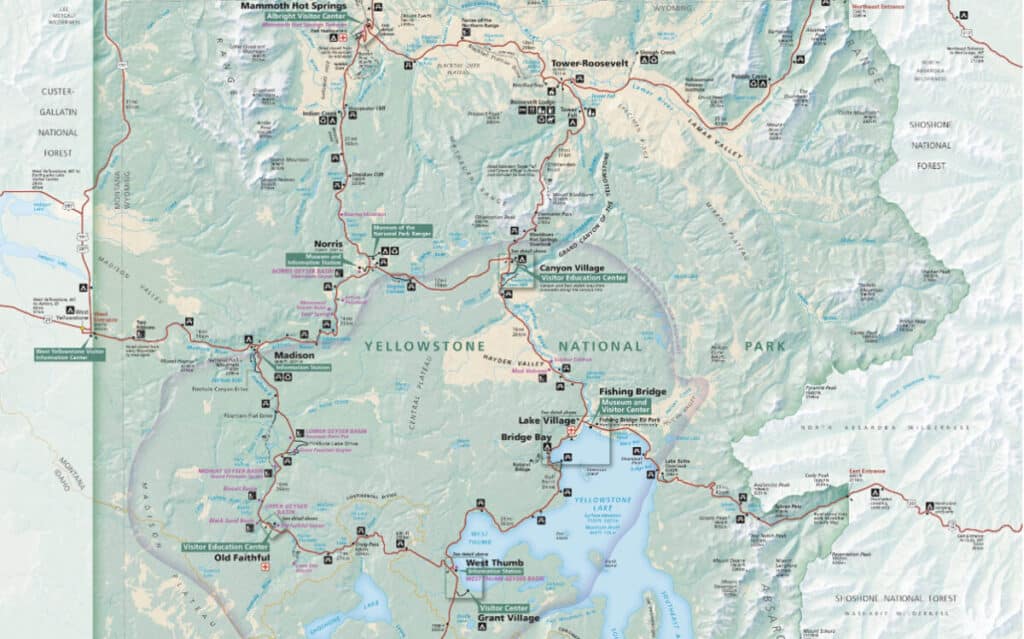
There’s even a list of GPS coordinates if you want to have those for navigation.
Tours and Companies
While there’s always a fulfillment and sense of profound connection and awe that comes with a mostly solo adventure through a national park, sometimes you want something a little more well-supported, or you want to benefit from the wisdom and knowledge of someone who is intimately familiar with the location.
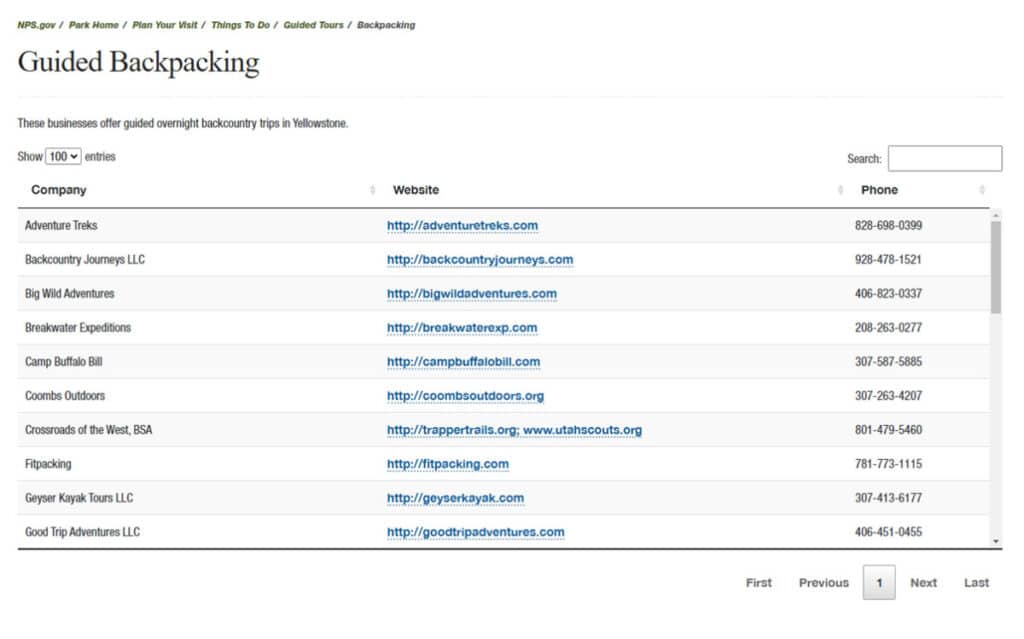
Guided tours can be found for all manner of adventures in Yellowstone, including backpacking, boating, hiking, fishing, photography, and winter adventures. You can read more about them here.
Things to Do in Yellowstone
Yellowstone is generally pretty flexible with things to do. You can even go fishing during certain seasons and in certain areas! There’s no hunting, of course, and you’re asked to avoid interacting with any of the wildlife – both for your safety and theirs – but you can certainly watch and enjoy the animals from a distance.
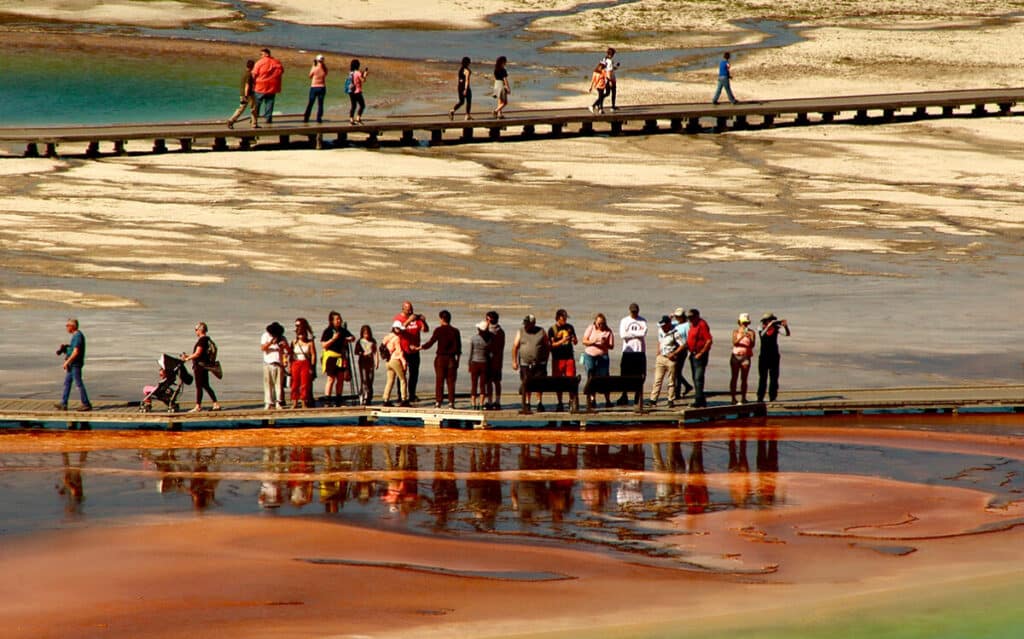
You can go swimming in designated locations as long as you stay out of the thermal sources, geysers, and hot springs. Those can be extremely dangerous or even deadly. Instead, stick to designated swimming areas. Boating is also allowed in certain lakes.
You can ride horses and bike the trails as well. More information on all of these adventures can be found here.
What’s the Best Time to Visit Yellowstone?
If you know you want to visit Yellowstone, but you’re not sure exactly when, well, here are our opinions.
First of all, decide if you want a warmer weather adventure or a winter adventure. These have very different considerations! We would advise you to only plan a winter adventure if you’re going to follow a tour or stick with a group on the roads (like on a snow coach or for a skiing group) unless you’re very experienced with winter backcountry camping. It’s not a beginner’s adventure, that’s for sure.

For summer adventures, unless you’re limited in time, avoid the peak months of June, July, and August. These are when the largest groups go through, and you’ll be fighting crowds even in places you wouldn’t think a crowd would end up.
Instead, plan a trip for the more temperate between-season months, April, May, September, and early October. Late October is when many of the facilities shut down and when the risk of snow skyrockets.
Have you been on an adventure through Yellowstone? If so, tell us your story in the comments! We’d love to share in your travels.
You may also enjoy:
